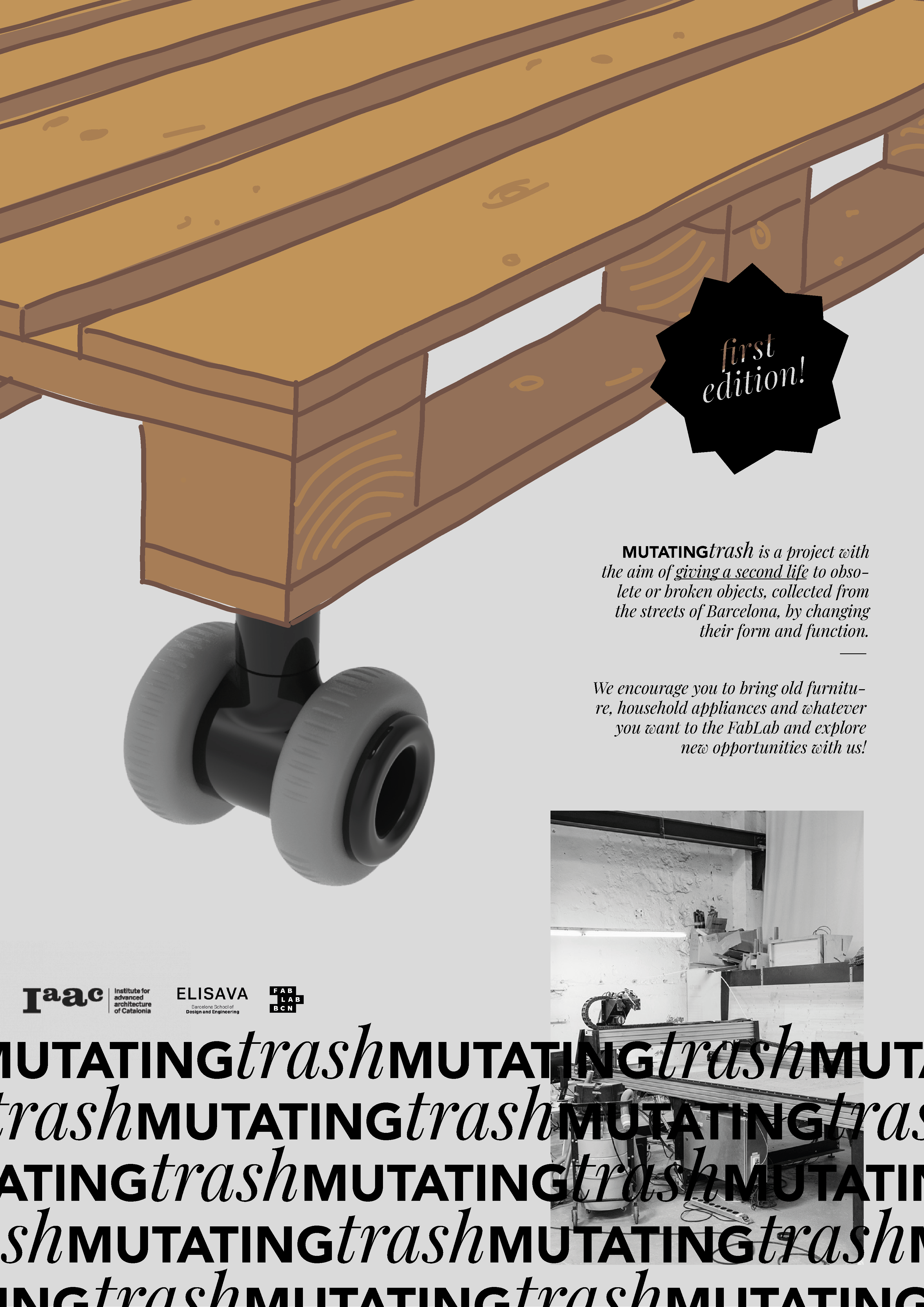/2D_&_3D_design
(08_february_2022)
This second week of FabAcademy was focused on 2D and 3D design. We started learning about
the difference between a vector and a raster image, resolutions on websites and for printing,
diverse image formats (PNG, JPEG, RAW, etc.) and colour spectrums like CMYK or RGB. After, this
introduction to the 2D and graphics universe, we were taught about different useful programs for
2D design and edition. As a designer, I have already used many of them: I normally use Illustrator
and Inkscape for vector design and Photoshop for image edition. Still, I discovered some I didn't
know like Pixelr and Vectr, and both seem to be interesting and enjoyable.
Secondly, we changed from 2D to 3D and started talking about the differences between Meshes and
Nurbs. Then they exemplified those differences using some programs as examples: FlatFab, Fusion
360, Rhinoceros, SolidWorks, etc. Finally, Eduardo also made a small introduction to Generative
Design, a topic which I'm interested in and that I want to experiment with and use in my future
projects.
The session finished with a nice introduction to Blender carried out by Victor, who is an expert
on this program. I've always thought this is an interesting program as well as difficult and scary.
However, knowing what's behind the whole project and the way it works is quite interesting and
encouraging. I'll certainly explore the possibilities of it in the future.
.mutating_trash
The task for this week was had two main goals: modelling in 3D and designing in 2D. We had to
model a shape related to our projects, create renderings of it and then design a poster including
the render but also some vectorial drawings and raster images.
In my case, I used Fusion 360 to model a wheel composed of three elements: the attachment part,
the wheel body and the tires. Then assembled them and opened the whole assembly on Keyshot to create
the renderings of it. Afterwards, I used Illustrator to create the poster: I made the drawing of a
pallet with vectors, then added some text and finally included also a raster image from the FabLab.
As you can see, the main topic of the poster is about giving a second life to objects, that is the
topic I'm focused on, and the wheel is just a way of repairing and redesigning a pallet that is
obsolete, by converting it into a trolley or else.

.documenting_the_process
Finally, I documented the whole process of 3D modelling, rendering and 2D editing in order to make it replicable. I summarized the whole work in one video that shows the different steps taken in each of the programs I commented earlier.